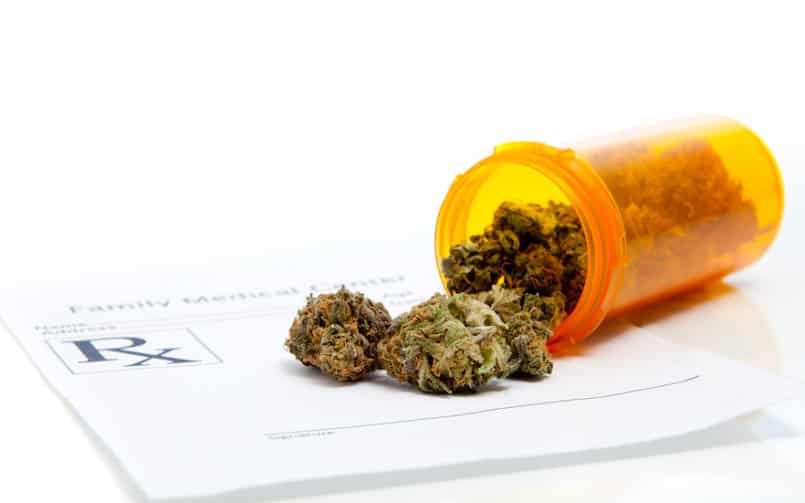
cannabis oil
This is a big change that shows no sign of let up. Marijuana-derived CBD oil has proven affective for helping children with intractable epilepsy to recover from symptoms, leading even conservative Virginia to adopt a law permitting its use. NBC News tells the story of Jaelah Jerger, a two-year-old who suffered from sometimes up to 30 seizures per day. Jaelah’s family, after unsuccessfully treating their daughter with an FDA-approved medication, tried CBD oil, and their daughter’s seizures almost completely went away. Then Child Protective Services found out about the treatment, effectively putting the parents in an impossible bind: heal their child or keep custody of her.
Because of stories like these, the landscape of medical marijuana use continues to change. To date, 22 states have bills concerning the legalization of marijuana either pending or recently reviewed by their legislatures. By the time you read this, there are likely to be several more.
The option of legal medical marijuana puts physicians in a tricky situation. Because the DEA still classifies marijuana as a Schedule I drug, physicians in states that allow medical marijuana use cannot prescribe medical marijuana, like they would other medicines. Rather, physicians who determine their patient qualifies for its use and may benefit from using it “certify” the patient to use it. But, as the Medical Justice blog notes, this does not recuse the certifying physician from potential liability in a medical marijuana malpractice suit: “Whatever you recommend within the scope of your duty to a patient – for example, recommending that a patient take up jogging to lose weight as part of their diabetes control – does have that potential risk [of leading to a malpractice suit].”
Needless to say, the majority of traditional malpractice insurers will not cover cases where a physician recommends a non-FDA approved medication. Because of this, companies like Ohio-based Cannasure have arisen to take care of what could quickly become a major gap in physician’s malpractice coverage. Especially in the midst of today’s wide-spread opioid epidemic, physicians are becoming more and more receptive to alternative medicines such as marijuana-derived products. Are these physicians opening themselves up to potential risks?
Where does your policy stand with medical marijuana? The relevance of that question is quickly growing. Though there have yet to be documented lawsuits against physicians recommending medical marijuana, as laws and medical practice changes, these suits could grow into difficult grey areas. Make sure that you’re being proactive, and let eQuote help! Get a free, no obligation quote today.
*[Update, the number is now 31 due to Oklahoma passing a medical marijuana legalization bill Tuesday, June 26, 2018.]



